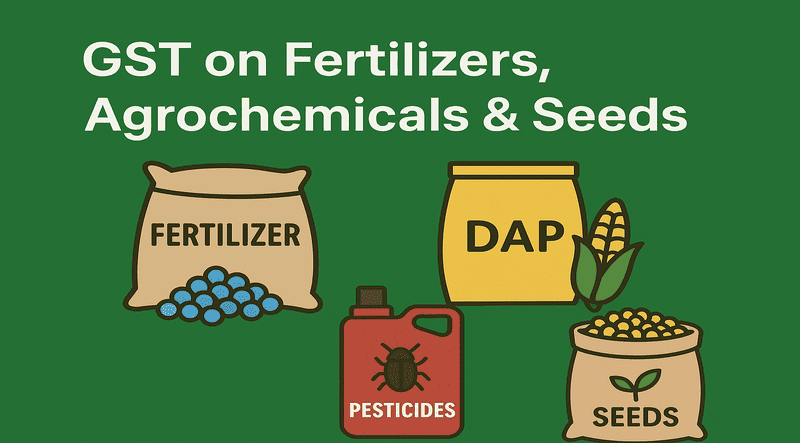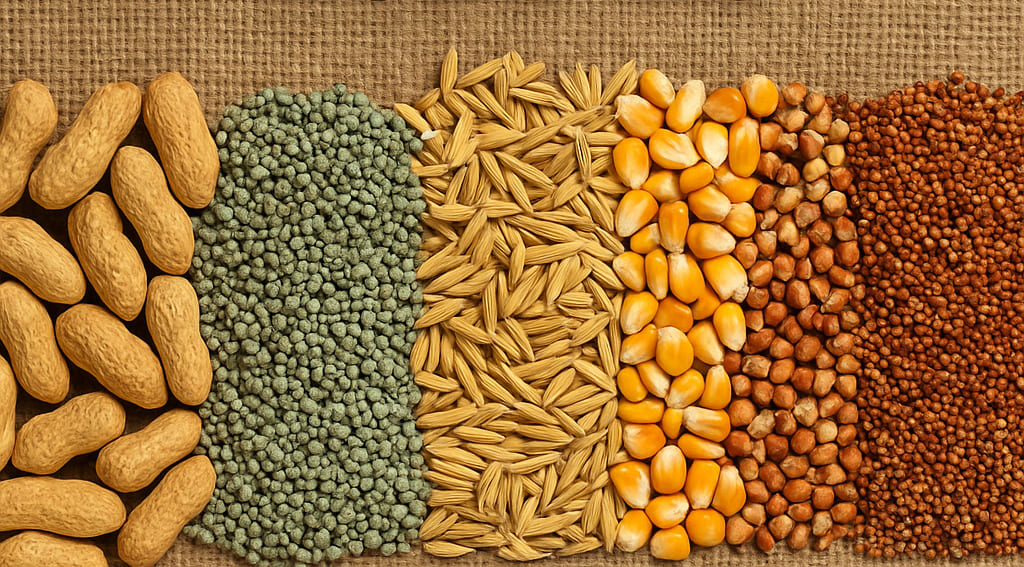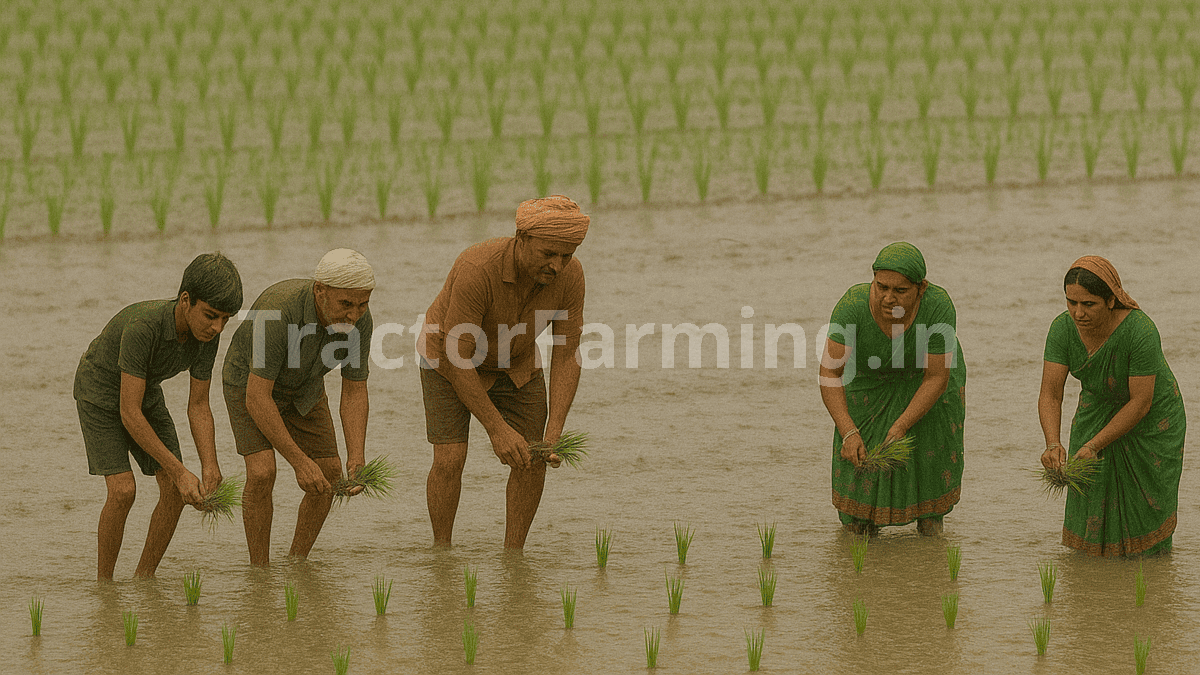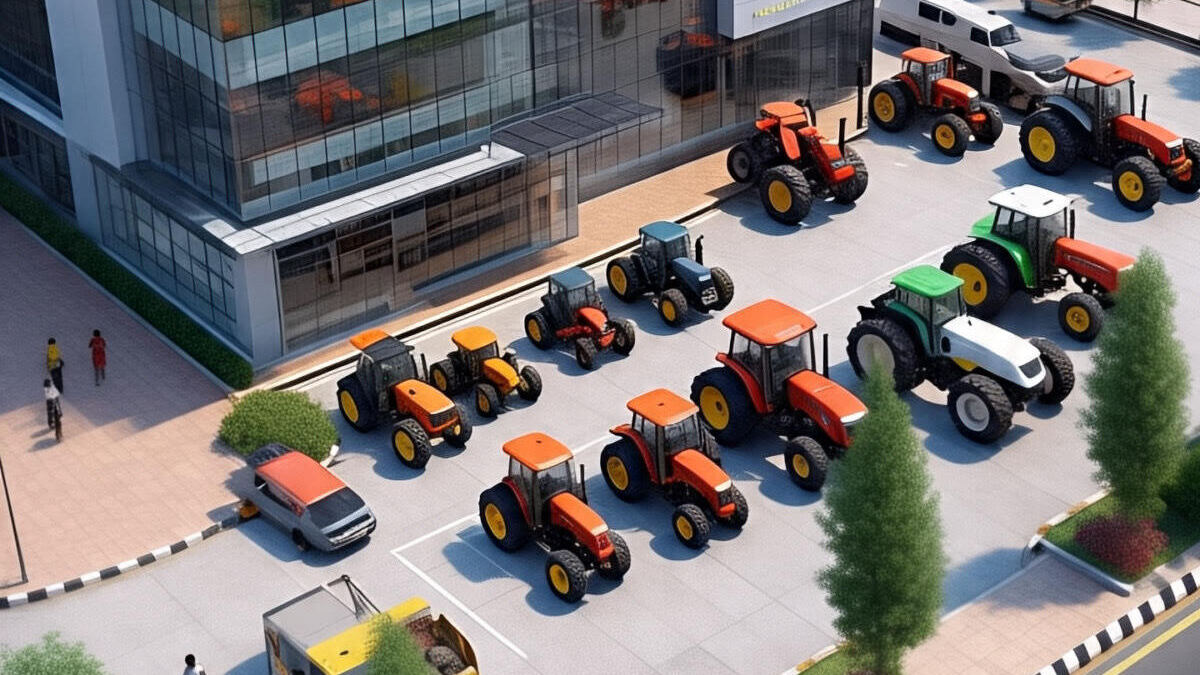Rabi Season MSP 2026–27: Crop-wise Prices, Hikes and Farmer Benefits
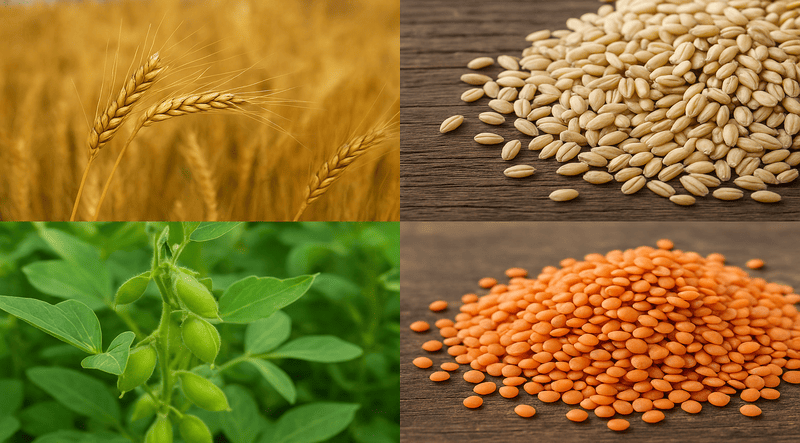
Minimum Support Price (MSP) is a crucial policy tool that guarantees farmers a minimum price for their crops. For the Rabi Marketing Season 2026–27, the Cabinet Committee on Economic Affairs (CCEA) chaired by Prime Minister Narendra Modi approved an increase in MSP for all mandated Rabi crops. This step aims to protect farmers from price volatility and encourage the cultivation of important Rabi staples such as wheat, pulses and oilseeds.
Why is MSP Important?
MSP ensures farmers never have to sell below the government-guaranteed price, providing income security. Since the 2018–19 Budget, the government has committed to setting MSP at least 1.5 times the cost of production, this ensures a minimum 50% return over cost. This “50% profit” rule means that even if market prices fall, farmers like wheat growers are assured of ₹2,585 per quintal in 2026–27. Such guaranteed pricing encourages farmers to invest in better seeds and inputs without fear of distress selling.
This year’s MSP hikes reward key Rabi crops. For example safflower (kusum) receives the largest increase up by ₹600 per quintal followed by lentil (masoor) up by ₹300 and rapeseed & mustard up by ₹250. These sharp rises especially for pulses and oilseeds reflect the government’s push for diversification and nutrition security. In contrast cereals like wheat and barley got smaller hikes (₹160 and ₹170 respectively) since they already enjoy high margins. Overall, setting high MSPs for protein-rich and oilseed crops is intended to boost their acreage and reduce import dependence.
Crop wise MSP Table (2026–27 vs 2025–26 with Margin)
The table below compares the MSPs for major Rabi crops in the 2026–27 marketing season against the previous 2025–26 season. It also shows the absolute increase and the margin over cost of production. These figures come from the official government announcement:
| Crop | MSP 2026–27 (₹/quintal) | MSP 2025–26 (₹/quintal) | Increase (₹) | Margin over Cost |
| Wheat | 2,585 | 2,425 | 160 | 109% |
| Barley | 2,150 | 1,980 | 170 | 58% |
| Gram (Chana) | 5,875 | 5,650 | 225 | 59% |
| Lentil (Masur) | 7,000 | 6,700 | 300 | 89% |
| Rapeseed & Mustard | 6,200 | 5,950 | 250 | 93% |
| Safflower (Kusum) | 6,540 | 5,940 | 600 | 50% |
Each MSP is well above the cost of production. For example wheat’s MSP represents a 109% margin over its cost that reflects the government’s focus on supporting staple grain. The bold increases in pulses and oilseeds’ MSPs (especially safflower and masoor) are designed to make these crops more attractive to farmers.
Government’s Approach to MSP
The government sets MSP through a formula that factors in input costs, market trends and ensures at least a 50% profit margin. For Rabi 2026–27 this formula yielded very high margins for cereal crops and oilseeds. Wheat again leads with a 109% margin, followed by rapeseed & mustard at 93% and lentil at 89%. This encourages sowing of these key crops. Meanwhile, by sharply increasing MSP for pulses and oilseeds (e.g. safflower’s ₹600 rise), the government is promoting dietary nutrition and aiming for import reduction. In fact the government has committed to procuring the entire domestic production of pulses like tur, urad, and masoor for the next few years to achieve self-sufficiency. The MSP hikes align with India’s broader agricultural goals: support farmers’ incomes while steering crop choices toward national needs (e.g. less imports, more nutritious crops).
Benefits for Farmers
- Profit Security: Farmers are assured of a minimum profit margin on their Rabi crops. For example a wheat farmer gets ₹2,585/quintal regardless of market swings. This safety net prevents distress sales and debt cycles.
- Diversification Incentives: Higher MSPs for pulses and oilseeds make these crops more lucrative than before. The government’s aim to boost pulses and oilseed cultivation means farmers have better price support for crops like mustard, lentil and safflower. This reduces reliance on cereals and improves dietary diversity.
- Higher Procurement: With raised MSPs, government procurement programs are expected to expand. For instance last Rabi season FCI procured 266 lakh tonnes of wheat which benefiting over 22 lakh farmers with ₹0.61 lakh crore in payments. Such large-scale buying provides cash flow to the rural economy and ensures that farmers can sell their produce at guaranteed prices.
FAQs on MSP of Rabi Crops 2026–27
1. What is the MSP of Wheat for 2026–27?
The MSP of wheat for the 2026–27 marketing season is ₹2,585 per quintal which is ₹160 higher than the previous year’s ₹2,425.
2. Which crop has received the highest MSP hike this year?
Safflower (kusum) has received the largest increase with MSP up by ₹600 per quintal. Lentil (masoor) is next (+₹300), followed by rapeseed & mustard (+₹250)
3. Which Rabi crop has the highest margin over cost?
Wheat has the highest profit margin at 109% over its production cost for 2026–27, meaning its MSP is more than double its cost.
4. What is the MSP for Rapeseed & Mustard in 2026–27?
The MSP for rapeseed and mustard in 2026–27 is ₹6,200 per quintal which is up by ₹250 from last year.
5. Why are pulses and oilseeds seeing a higher MSP increase?
The government is incentivizing pulses and oilseeds to improve nutrition and reduce imports. By raising MSPs for crops like lentil, mustard and safflower. It encourages farmers to grow these protein-rich and oilseed crops. This fits the strategy of achieving pulse self-sufficiency (procurement of entire pulse production) and supporting India’s oilseed sector.
Conclusion
The MSP hikes for Rabi crops in 2026–27 mark a strong commitment to farmer welfare and crop diversification. Record increases for safflower and lentil, along with very high margins for wheat and mustard, mean that farmers have clear financial signals before sowing. These assured prices and procurement plans will help Rabi farmers secure better incomes and guide planting decisions for the coming season. Overall, the new MSPs should bolster income security for the rural sector and support India’s goals of nutritional security and self-reliant agriculture.
